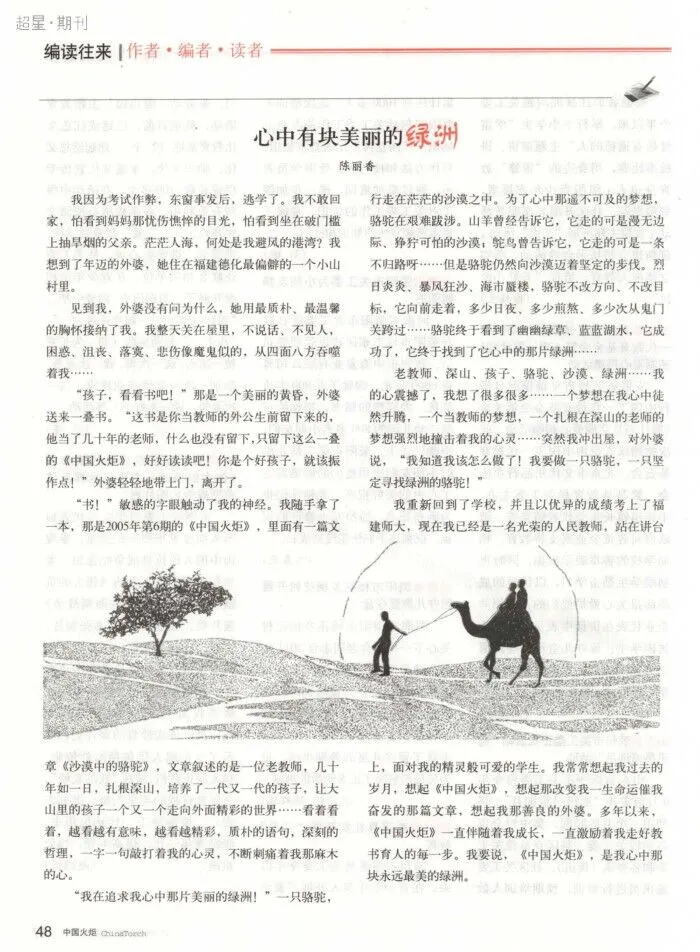?
心中有塊美麗的綠洲
2015-07-31 17:40:00陳麗香
成人免费播放视频影院|
久久精品片|
国产国拍亚洲精品福利|
青青草精品在线免费观看|
免费的日本一区二区三区视频|
亚洲日韩国产精品乱-久|
亚洲色图视频在线
|
久久久久久久人妻无码中文字幕爆|
久久精品无码一区二区2020|
一区二区三区少妇熟女高潮|
日本高清一级二级三级|
久久99精品久久久久久秒播|
国产精品麻豆成人AV电影艾秋|
亚洲国产综合性感三级自拍
|
无码天堂在线视频|
尤物精品国产亚洲亚洲av麻豆|
国产七十六+老熟妇|
成在人线av无码免费|
视频女同久久久一区二区三区|
亚洲天堂av福利在线|
欧美牲交a欧美牲交aⅴ免费真|
波多野结衣视频网址|
久久夜色精品国产九色|
日本在线观看一区二区三|
午夜精品一区二区三区的区别
|
不打码在线观看一区二区三区视频
|
亚洲黄视频|
av蜜桃视频在线观看|
一区二区三区高清在线观看视频|
国产乱码一二三区精品|
亚洲欧洲日产国码无码AV一|
国产精品久久一区二区蜜桃|
丁香五月亚洲综合在线|
少妇厨房愉情理伦片免费
|
少妇高潮呻吟求饶视频网站|
亚洲av综合色区无码专区桃色|
国产欧美亚洲精品a|
国产美女精品AⅤ在线老女人|
亚洲日本中文字幕高清在线|
又爽又黄又无遮挡的视频|
波多野结衣在线播放一区|


